If you’ve ever taken part in an email blast effort or campaign and you’ve been disappointed by the anemic response, this article’s for you.
To set the stage, let me relate a conversation I have with newish clients far too often:
Client: Hey, Nathan. Got a sec? We need to send out a blast to our email list.
Me: Okay, that’s great! What have you got in mind?
Client: Hmmm. Well, we’re releasing this new line of widgets. Mainly, we just want people to know that they’re out. That’s about it. Oh, and we’d really like people to sign up for our newsletter, too. Anyway, we hope people buy this new widget, so we’re going to send an email.
Me: Ooooookay. Well, let me back up and make sure I understand exactly what you’re—
Client: Great! If you have time, why don’t you put together a concept and write some copy for us by Thursday. We’ll have our design guy do his magic, and we’ll send it out Friday afternoon. Sound good?
Me:<Speechless>
Whether you’re a marketing professional or someone who uses professional marketing services, if this conversation sounds at all familiar, I invite you to keep reading.
Summary
In this article, I’ll address six reasons you’re undermining the success of your email blasts before you even write the email, let alone send it. These six reasons are as follows:
- You don’t have a clearly defined idea of what you’re trying to accomplish.
- You haven’t clearly defined who you’re trying to influence.
- You’re mixing your messages.
- Your style is putting people off.
- Your emails don’t lead people to where they can make a transaction.
- You’re sending your emails at all the wrong times.
Then, because criticism alone is rarely helpful, I’ll also share six corrective strategies you can engage employ to help you craft tightly focused, action-oriented, results-driving emails. These strategies can be easily remembered as The 5 W’s and One H:
- Determine WHY you’re sending the email in the first place.
- Know exactly WHO you’re making your offer to.
- Determine WHAT you want to say, and stick with it.
- Learn HOW to think like your customer and communicate accordingly
- Lead recipients exactly WHERE you want them to go as a result of viewing the email.
- Send your blast WHEN recipients are most likely to take the action you want them to.
Finally, I’ll feature some emails that feature these six corrective strategies. I’ve carefully drawn these from some of the best product and service marketers in the business, including Bank of America, J. Crew, Lowe’s, and Apple.
My hope is that by the time you’ve finished this article, you’ll have a much clearer idea of what’s undermining your email blast success and how you can reverse course and create winning emails from today on.
Let’s start right in.
Mistake #1: You don’t have a clearly defined idea of what you’re trying to accomplish.
The primary reason you fail to get good results from your email blasts is that you often may not know what you want the blast to accomplish in the first place. And if you don’t know the communication objective, you’re not prepared to create an email, much less send it.
The fact is that if you have only a vague idea of what you’re trying to achieve, you’re not going to accomplish anything noteworthy. When it comes to driving action, pointless communication can actually be worse than no communication at all.
Corrective Strategy #1: Determine WHY you’re sending the email in the first place.
The way I like to get clear—and enable my clients to become clear—about what an email is supposed to accomplish, is to ask this: “Why are we sending this email?” You can ask this a lot of ways: What’s the purpose? What do we hope to accomplish? Based on what will we consider this to be a successful effort?
From the word “go”—and probably even before it—you need to figure out what the purpose of the proposed email is. Is it lead generation? Sales? Click-throughs? Downloads? Branding and awareness? Answer the question definitively. A single focused answer to the why question will solve 80% percent of the problems that spring from your lack of mission clarity.
Once you’ve figured out what you want to achieve through this email, put that objective in writing on your white board or somewhere else where you and your team can keep it foremost in mind. That will help keep you on track.
Case Study #1: Bank of America
This Bank of America email is a superb example of creating an email around a desired outcome—in this case, for recipients to activate a credit card. Looks easy now that we’re looking at the final result, but it wouldn’t have turned out so well if the BoA marketing team hadn’t asked The Big Why to begin with and then stuck with it throughout the writing and creation phase.
Figure 1: Straightforward by design. Everything in this email points to the fact that Bank of America knew precisely why they were sending this email and what they hoped to achieve.
Mistake #2: You haven’t clearly defined who you’re trying to influence.
In all but the rarest instances, only two parties are necessary for a transaction to take place: the person or company doing the offering and the offer recipient. It’s not complicated.
What’s fascinating—and maddening—is that the folks doing the offering are frequently so obsessed with their offering and their best interest that they barely take into account who they’re making their offer to. Talk about things that make you go hmmmm.
Time and time again, I discover early in my relationship with new clients that they have rarely, if ever, given much thought to the folks they’re trying to sell to. You know—who they are, what they want, what they will respond to, what they expect, what their past experiences with similar offerings are.
Ladies and gentlemen, here is a Great Truth. Right up there with If momma ain’t happy, ain’t nobody happy. And that is: If you don’t know what type of person you’re trying to influence, you’re not going to influence anybody.
Guilty? If so, it’s time to take a step back and do some hard thinking. Fortunately, it ain’t rocket surgery:
Corrective Strategy #2: Know exactly WHO you’re making your offer to.
Or, in a word, profile them. Just because the police aren’t allowed to do it doesn’t mean you and I can’t. We’re marketers—it’s what we do.
So go ahead and profile who you want to receive your email. Figure out who they are, what makes them tick, what their pain points are, what problems they need solved, what they’ve tried but hasn’t worked, what they value, how they spend, what will motivate the desired action. You get the idea. Get inside their heads.
If you know who you’re aiming an email at and what will motivate them to take action, you’ve won. If you truly listen to them, they’ll listen to you.
Case Study #2: J. Crew
For the past few months, J. Crew has been conducting a campaign that demonstrates this corrective strategy just about perfectly. There’s a whole line of these emails, but let me just choose one:
Figure 2: Know your public. J. Crew knows precisely who they’re trying to reach. Everything, from subject line, to image, to call to action – hones in on inspiring the target audience to action.
J. Crew knows how to listen to their customers. The proof: They know exactly who they’re going for in this ad. Youngish, hippish, semi-traditional women who like cake, champagne, and dancing—and who are planning their wedding.
Read that copy. Consider the design. From the subject line to the photo to the call to action, is there a single element in this email that doesn’t directly appeal to that audience and inspire them to click that tempting, understated “shop the latest” button?
Except, that is, the little “forward this email” call to action. Or is it an exception? If by some chance the geniuses at J. Crew didn’t send this email to the right person (me, in this case), they’re getting me to do their work for them and send this email to their intended target audience. Brilliant.
So brilliant, they inspired me to feature this ad before thousands of more eyes.
Mistake #3: You’re mixing your messages.
The third reason your emails failing is that your message is scattered and lacks focus.
Chances are you’re trying to say too much in our emails. Not only do you ask recipients to follow your Twitter feed, but you ask them to look at your three most recent blog posts, check out two new products, sign up for the upcoming webcast you’re promoting, and “like” your new Facebook page.
It’s like when my wife asks me to do more than one errand on the way home: they all escape my memory and instead I go to the gym. It’s not that I didn’t want to get a gallon of milk, swing by the bank, and pick up the dry-cleaning (“Honest, Honey, I was REALLY looking forward to standing in line at the Post Office!”)—it’s just that I got lost in the details and became distracted by something simpler, more pressing, and requiring less memory and decision-making bandwidth.
Bottom line: Refrain from spending your or your boss’s budget blasting email recipients with your company’s very own honey-do list. By saying too much, it’s as if you say nothing at all. Your point gets lost in the sticks and nobody clicks.
Corrective Strategy #3: Determine WHAT you want to say, and stick with it.
Figure out the single most important thing you want to convey to your audience, then focus on that message like a laser.
Fortunately, if you’ve employed fix #2 above, you know who your audience is and what it’ll take to move them. That goes a long way toward helping you determine what you want to convey to your audience.
It’s not too much to limit each email to a single message. One main point. One featured item. One call to action. If you adopt this corrective strategy, every word and element in your email will directly drive your point home and help drive clicks, conversions, commerce, or whatever it is you determined this email is to accomplish. There are few things in life to be dogmatic about. Not deviating from your message is one.
Case Study #3: SallieMae
Both the Bank of America and the J. Crew emails above exemplify this strategy to a tee, but let me show you another:
Figure 3: What’s the single most important thing you want to say? SallieMae demonstrates incredible message discipline in every element in this recent blast.
This email, from the student loan company SallieMae, is a classic example of message discipline. Wherever you look—the subject line, the headline, both paragraphs, and in the diagram—one message comes through loud and clear: Turn purchases into cash or loan-payments.
Having made the message abundantly clear to the recipient—recent college grads struggling to pay down their student loans—it gives him or her two buttoned calls to action
If I were a starving recent grad, I would’ve clicked in a heartbeat. In fact, when I was a starving recent grad years ago, I did enroll in a similar program when prompted.
This stuff works or they wouldn’t do it.
Reason #4: Your style is putting people off.
Once you know why you’re sending the email, who you want to address, and what the message you will be, there’s a fourth hurdle you’re going to have to clear. The hurdle of talking to your prospects in a way they want to be talked to and in a way that invites their response.
This, of course, is highly subjective. It’s famously difficult to know how to appeal to your audience. However, the stakes are high. At the very least, you can’t afford to turn folks off and get your message marked as SPAM or junk.
The fact of the matter is that anything you send will have a style, a feeling, a vibe, a whatever-you-want-to-call-it. It’s far better to have it work for you than against you.
Corrective Strategy #4: Learn HOW think like your customer and communicate accordingly.
However difficult it may be to strike the right tone, it’s definitely possible. The main secret is learning to turn yourself off. Step outside yourself, your personal preferences, your corporate biases, your habits of thinking like a company representative. Don’t even think about how you want to pitch them.
Okay, in the zone? Think deeply and seriously about who your customer is and what they want. Consider them and their need. Now contemplate how your ideal customer would probably want to be talked to if you were having a conversation with them in their living room or on their commute. Do they want bombast and fireworks? Do they want a soft sell and understatement? Do they want quick and click? Do they want short or long? Give them what they want, and they’ll give you what you want.
A final little tip from an old writing mentor of mine. Whenever you write, have in your mind’s eye the face of a specific person who represents your audience, even if it’s an imaginary person. Write every word, every phrase, for that person. If you can influence that person, you can influence a million more like him.
Case Study #4: Lowe’s
Okay, it’s Father’s Day. If you’re like lots of folks, you haven’t planned well. Dad hates ties. It’s impossible to buy gifts for him. And there’s no time to go shopping for him anyway. What’s a son to do?
Then, as you fiddle with your smart phone, you see this subject line: “It’s Father’s Day?! Relax.”
Aha! You click. The nerves calm as you read this:
Figure 4: Get into your recipients’ heads. When you put yourself in their shoes, they’ll put themselves on your landing page. Lowe’s knows.
Father’s Day. Yes, it sure did sneak up! And following in a short, smart, fun little paragraph is the answer to all your problems written in a way that relieves your dilemma and empowers you to make dad glad. Lowe’s! Of course! I’ll get him a gift card!
Lowe’s knew people like you and I existed, so they wrote an email just for us. They knew our state of mind, our worries, and wrote up a little email that would make us laugh and solve our problem all at the same time.
See how good an email can be when you put yourself in your recipient’s shoes?
Reason #5: Your emails don’t lead people where they need to go to make a transaction.
Not directing recipients to the place where they can do what they want to do is another fatal email flaw. As with the previous 4 points, this shortcoming is nearly always the result of inadequate forethought. If you’re going to take the time, the money, and the institutional resources to send an email, why would incite folks to action but then leave them unable to take action?
Around Valentine’s Day, I don’t need to get an email from a flower service that gets me inspired and ready to order flowers and then dumps me onto their homepage to fend for myself. I need an email that leads me to a smartly designed, action-inducing landing page with carefully selected options where I can place an order, hassle-free.
Are your emails and landing pages doing that?
Corrective Strategy #5: Prepare the destination WHERE you want recipients to go as a result of viewing the email.
Once you’ve established the why, who, what, and how of your email, you need to prepare a welcome mat for them. If you successfully inspire readers to action, you’d better have somewhere for them to go to make the transaction.
In most cases, this should be a landing page which facilitates people who click through to take the next desired action, whether it’s to sign up for something, place an order, view a video, share a resource, download a whitepaper, or what have you. I’ve even had a few cases recently where the “where” was a phone number my client needed recipients to respond to for inquiries. It was right for the audience (an older demographic), and it worked.
Case Study #5: TeleFlora
Here’s a good example from TeleFlora. First, they created an email that used each of the strategies I outlined above. (Yes, even timing—Wednesday morning’s a great time, and the chances that someone you care for has a birthday in the next few days is surprisingly high.)
Figure 5: Tell them where to go. In addition to beautiful features of their product, this email is part of a great one-two punch. First, recipients read the email; then they’re taken to action-oriented transactional landing pages (see Figures 6 and 7).
If you click the main call to action in the center of the page “Order now and save 20% sitewide,” you’re taken to this page:
Figure 6: Show them what they want. Teleflora’s general landing page, listing arrangements by popularity and featuring a deal of the day. An attractive, action oriented page that encourages clicks and orders.
This page displays Teleflora’s bouquets, sorted by popularity. Plus, it features a deal of the day. By clicking any of these bouquets, shoppers are taken to a quick and easy-to-use order form.
If, however, you click any of the “buy now” calls to action associated with the particular bouquets, you’re taken to a specific landing page where you can place an order for that arrangement. Once again, people are taken exactly where they want to go and are enabled to take further action.
Figure 7: Giving directions. An email without a destination for interested prospects is a near total waste of time and resources.
Not having a clear destination for recipients to go to only wastes your time, drains your money, and bothers your prospects. Help them do what they want to do by directing them to where they want to go.
Reason #6: You’re sending your emails at all the wrong times.
The way lots of folks (even some lazy marketers) think, a blast is a blast, and timing isn’t really a factor. After all, whether I send it Friday 3pm before a long weekend or Wednesday mid-morning, the recipients will eventually get it, right? Or even whether I send it at the beginning of the month or at the end, or mid-year or late year, it’s all the same.
But here’s the thing. As with all communication, the timing of emails is incredibly important. As an old music teacher of mine used to tell me, “The right note at the wrong time is the wrong note.” Ask someone the right thing at the wrong time, and at best you sound hopelessly random. At worst, you come off as a raving lunatic.
Don’t believe me? Imagine asking someone if they want their eggs scrambled or sunny side as they’re stepping into the 3pm staff meeting. Yeah, in the abstract, the question might be a good one. And about 6 hours ago, it would have made you a friend. But it’s 3pm, folks are winding up for an acrimonious meeting, and your question is painfully out of place.
Well, emails are like questions. Sent at the right time, and they’re a life-saver. Send it at the wrong time, and it gets glossed over.
Corrective Strategy #6: Send your blast WHEN recipients are most likely take the action you intend.
Sending emails at bad times—at times when recipients are not prone to be open to your proposition—is usually a sin of omission, not one of commission. By that, I mean that lots of folks who send out blasts don’t even stop to think if the timing is good. If you stop for two minutes and think about your audience, your audience’s needs, and when your audience would be most open to an email from you, probably 80% percent of the timing issues that plague your email campaigns would be solved.
It’s not that you go out of your way to time your blasts poorly; it’s just that it might never have been a priority to time them carefully.
Based upon what you know about your audience, their schedules, the time of day they’re most likely to read the email, what the season is, what you’re offering, etc. send your email on a day and time that, by and large, will make it more likely that your audience will see and respond to it.
Case Study #6: Apple
Listen, Apple’s marketing team is really good at what they do, and that includes how they time their emails. Check this out.
Figure 8: Email blast prerequisite: Timing your email to coincide with the prospect’s moment of greatest openness.
Obviously, it’s an ad about college kids needing Apple products that they’ll use away at college. Now, think about when kids are going to be thinking about computers for college? Exactly. Right after the students are graduating from high school. Now, when’s that? Bingo. Usually the second or third week of June. Then there’s a long weekend of partying, right? Recovery from which keeps them sleeping until deep into Monday morning.
And then they wake up. The first thing they do is roll over and grab their smart phone. What’s there waiting for them?
This ad from Apple. Take a look at the time and date stamp on this email.
Monday, June 18, 2012 10:57 AM
Let’s break that down:
June 18—three or four days after they graduated from high school.
Monday—after that long weekend, and the first Monday as a rising college freshman.
10:57 AM—just a few minutes before they’re waking up from the weekend.
In other words, the very moment everyone’s waking up and saying, “Ok, high school’s over. It’s summer. College, here I come. Now what am I going to do with all that graduation gift money from Grandma?” Apple pushes an email called “A Special Offer for College Students.”
Tap. Click. Sell.
Now that is how to time an email.
Conclusion
The talents and technologies required to put together a good email might lead you to expect that the primary challenges inherent in email blasts are creative or technical. But nothing can be further from the truth.
As this article makes plain, the main questions you have to answer when putting together a blast are strategic.
- WHY am I sending this email?
- WHO am I trying to reach?
- WHAT does my audience need?
- HOW, in terms of style and approach, am I going to address my audience?
- WHERE am I directing recipients who respond to the call to action?
- WHEN am I going to send the blast?
Ask these questions of yourself whenever you’re planning a new email. Then take a little time to craft accurate answers. These questions and their answers will make the work of actually crafting the email much easier, much more purposeful, and much more likely to result in a successful marketing effort.
About the Author: Nathan Betz is an independent marketing and communications consultant. He helps individuals and institutions craft communications strategies that turn heads and profits. Email him to start a conversation about your marketing challenges.
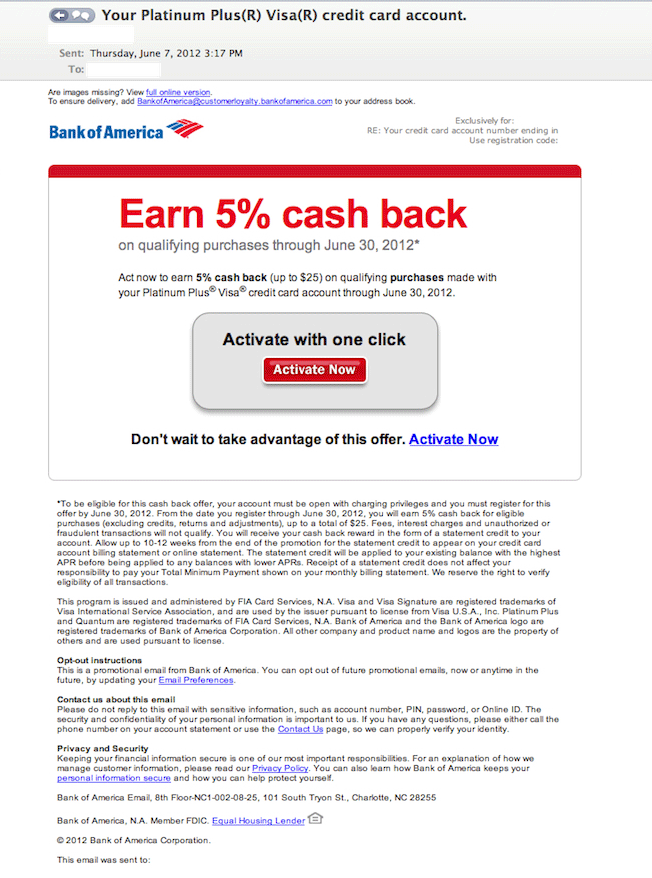
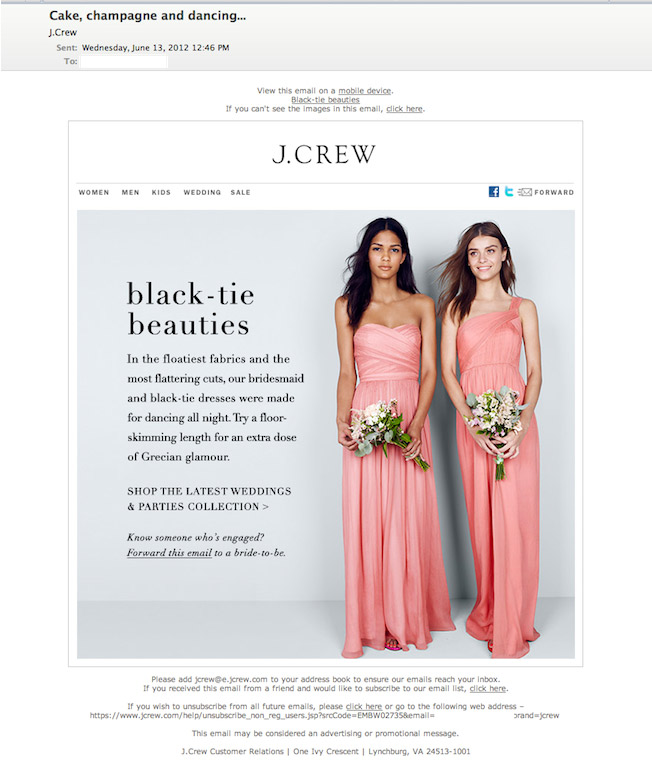
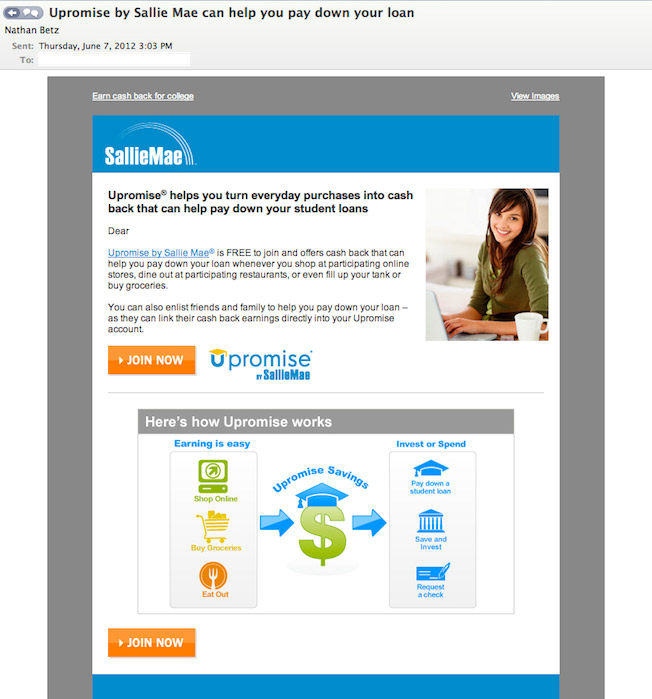
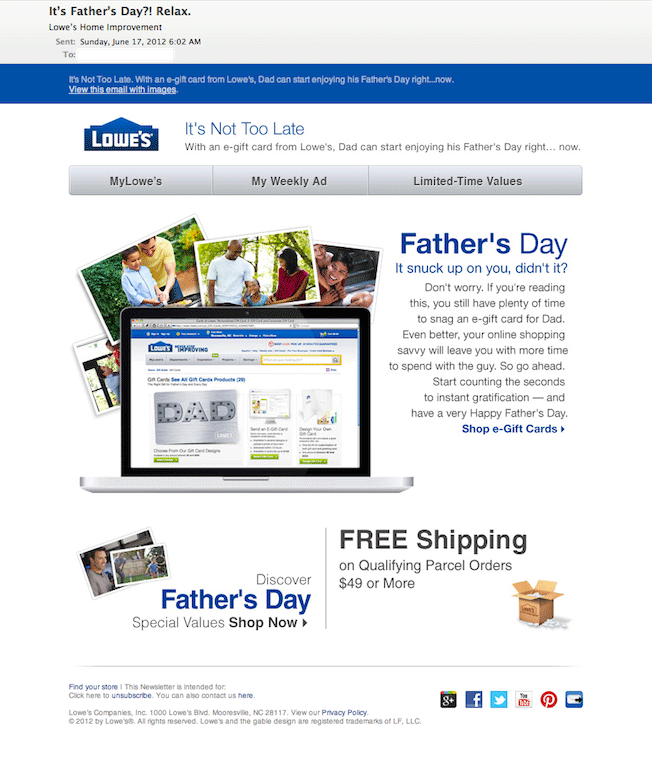
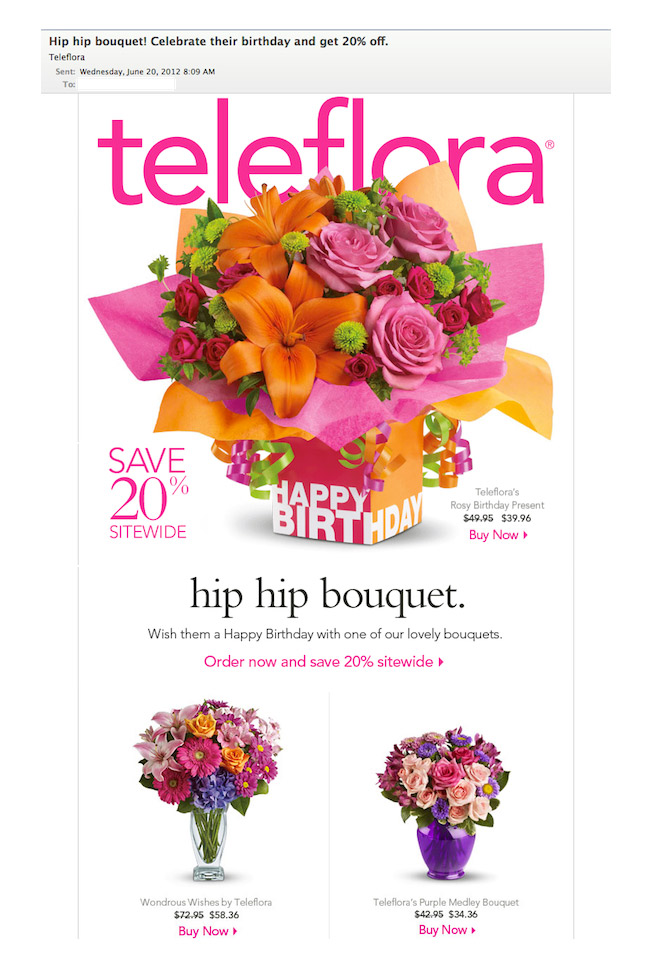
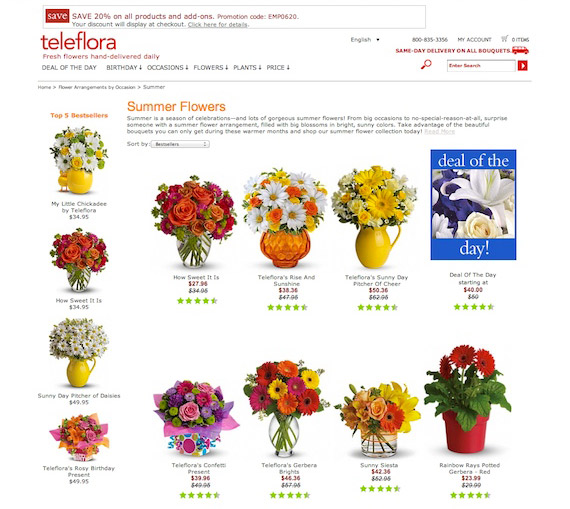
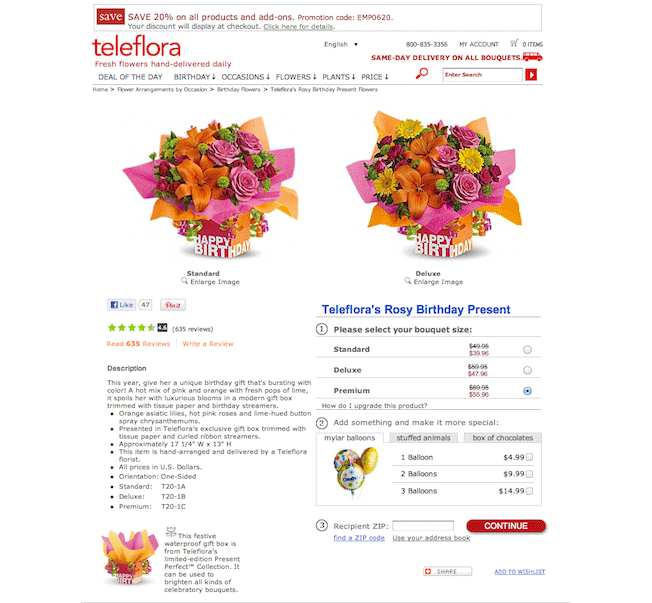
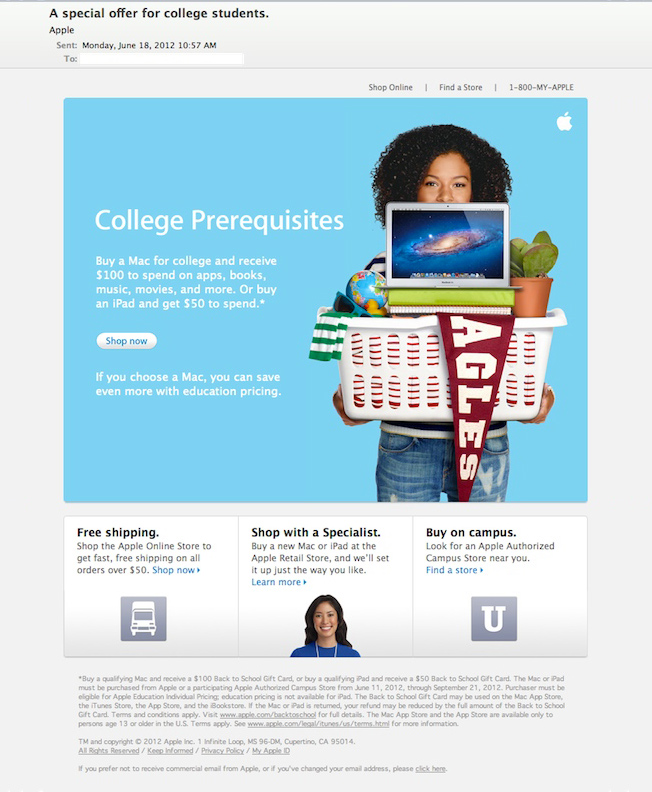
Comments (13)